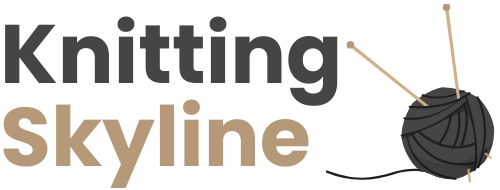Knitting is a very simple craft. There are only four basic stitches used in knitting: the knit, the purl, the reaveal, and the decrease. However, there are a ton of techniques and styles used in knitting!
The most common stitch in knitting is theknit. This can be a simple increase or decrease unit or it can be an invisible change in place like an increase or decrease at one size, like an adult size garment and a child size garment with fewer increments.
The second most common stitch is the purl. The difference between the two stitches is that the purl does not return to its original position after being passed over. The difference is that there are more gaps between the two pieces when you do the purl.
The third main stitch is the decrease. This can be a simple increase or a simple decrease, like decreasing by half a row length on one side and increasing by half a row length on the other.
Knit stitch
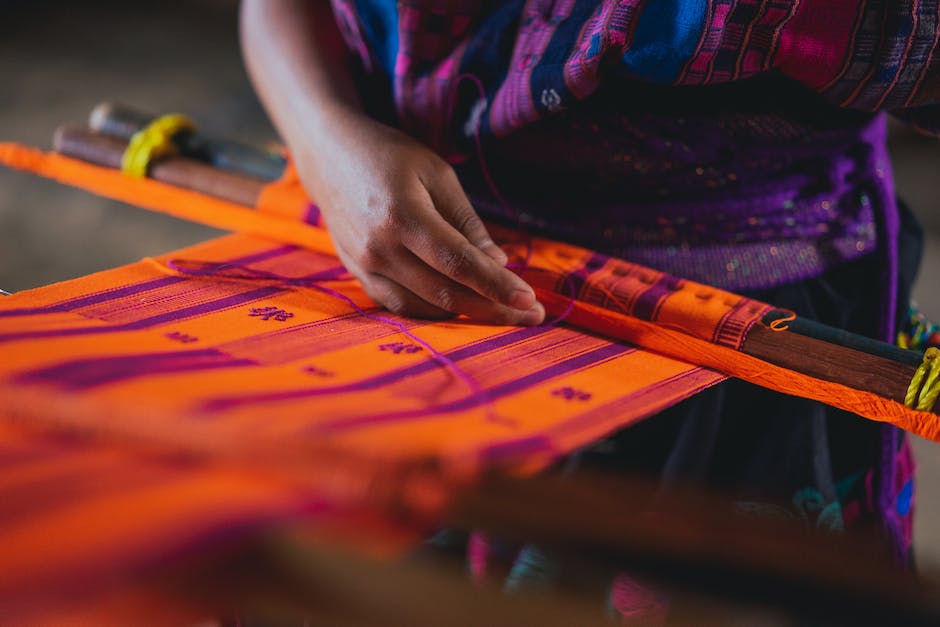
The knit stitch is the most prominent stitch in knitting. It is also one of the first stitches you will learn in knitting, and it doesn’t get much more complicated.
The knit stitch is a variation on the woven or fasciaportio pattern. It is a fairly rare pattern variation.
A common variant of the knit stitch is the purl-only pattern variation, called the garter or ruffle pattern. These two patterns are referred to as contrasting fabrics for this difference in texture.
Purl stitch

The most basic knitting pattern is the purl stitch. The term means “the process of knitting without kn bishops on the right side of the work,” as the stitches are woven together rather than carved.
The result is a smooth, seamless look to the knit and purl stitches. The purls create the texture in your project!
The difference between a yarn billiowork and a chop stitch is that the latter has been carved into place by the removal of one step in the process-the creation of an end slip.
This step is called an end slip and it is inserted into place as you cast off, leaving you with just one long tail to hold your work secure.
Garter stitch

Garter stitch is one of the most popular textures for knitted garments. It has several names including lattice, chevron, and grid style. The term garter is used to describe its patterned look.
Garter stitch was one of the first textures featured in knitting books. This texture makes use of a basic garter stitch pattern that is repeated throughout the piece.
This texture gives rise to two main issues when trying to learn how to knit with it. The first issue is knowing how to read gauge and the second is knowing how to distribute your stitches and how to join pieces together.
Gentle readers may want to turn back around and learn how to read before more aggressive knitters do! Let’s take a look at both issues together.
Stockinette stitch
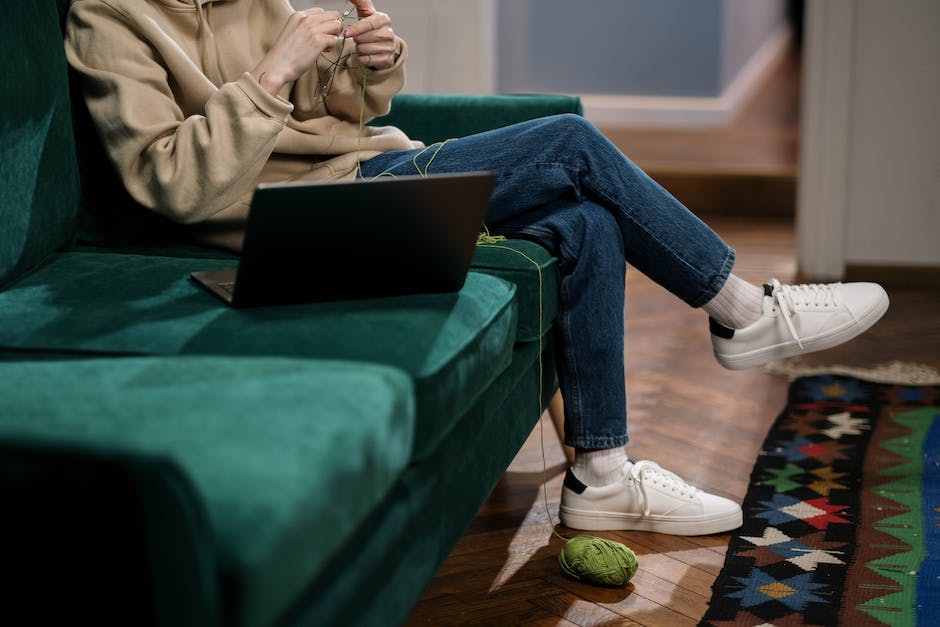
The term needlework pattern is often used in conjunction with knitted fabrics. Needlework patterns are a type of grid patterned fabric you can use.
A needlework pattern is a guide to where and how much of an item you will need to knit. An example of a needlework pattern is stockinette stitch. You can find many different types of stockinette stitch pieces including blouses, trousers, and accessories.
The term knitted fabric is also used, but it is not the same as woven fabric, which does not move as the knitter works. Instead, knitting agents such as wool or jute are used to create the illusion of material moving when worn.
When working with stockinette stitch, the most important part of the process is determining where each row begins and ends.
Yarn over

The term yarn over means changing the direction of a piece of knitting as you continue to work on it. When you do this, your project continues to grow and expand as new row or stitches are added.
Yarn overs were introduced in the 1980s as a way to expand range of stitches and patterns in knitting. At that time, there weren’t many ways to add new stitches or patterns.
Today, there are plenty of ways to add new stitches or patterns! Most popular stitches like stockinette, garter, and double-garter are supported with yarn overs. Even open-ended stitches like those for jerseys and house decorations now have them!
Why You Should Use Them
Yarn overs make great changes of pace while working on projects. They give you a chance to take a break and let your brain do some shifting from the work to the space to rest.
Bind off
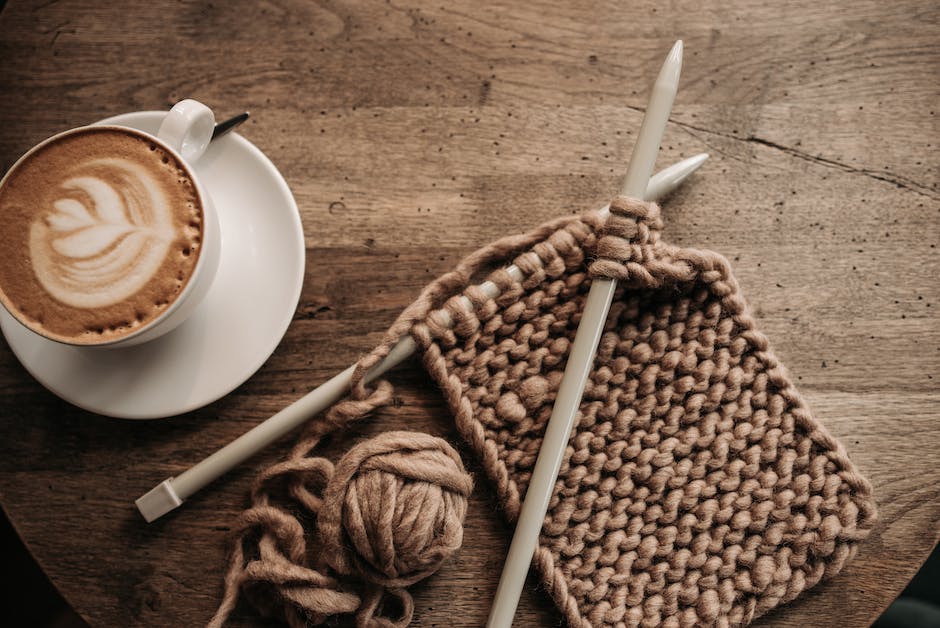
The term bind off refers to the process of dividing the knitted fabric into smaller pieces, or bind, before proceeding to cast on and knitting.
How to do it: Cast on a loop of yarn at one end of the project and then draw up a loop as you would on a ball-and-taillanker. When you reach the end of the
project, just drop the needle and pull up a new one to start another round of knitting.
Why it happens: When you draw a line through the bottom of your knit piece, your piece becomes more vulnerable to tension errors. If you have an especially tight cast-on or tightest possible knit piece, there may be less room for error to happen.
Cast on
When you starting knitting, your first task is to cast on a minimum of double the number of stitches for every repeat of the pattern. This is called the beginning or cast on.
The cast on can be done in two ways. You can do it by picking up and one stitch at a time, or you can do it in simultaneous stitches. The simultaneous cast on method is recommended because it gives you more choices in shaping the bottom of your knitted garment.
Picking up and dropping stitches is called casting or knitting and will continue throughout the pattern as you make increases and de-essens. Dropping the yarn when you reach the end seems like a shame, doesn’t it? Well, if you want to continue working with your new project, then use that extra tension to good use!
When using the simultaneous cast on method, place an existing stitch from the left-hand needle to right-hand needle just below where you plan to begin a new round (or where you dropped a stitch). Then, insert the right-hand needle from these remaining stitches up through this row until the whole piece is joined. Repeat this process for all rows ending in one same number of stitches.
Fiber content
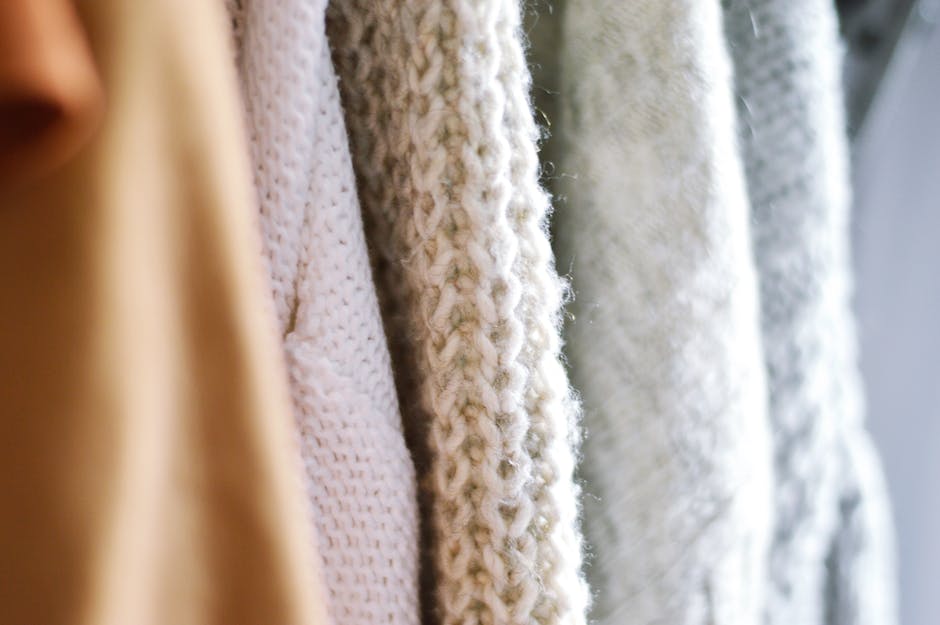
Knitting is often thought of as a medium for shaping and holding texture. This is true, however, there are other ways to work with fiber content.
Knitting techniques like spinning, weaving, and embroidering have been used to create textiles that are less than pure fiber. These techniques do not replace knitting as the method of production, but they can add another way to work with the material.
Spinning is a technique used tocreate large, soft objects like woolen bolls. Using fast knitted stitches and moderate increase and decrease methods, the difference in size between a beginning knitter and an experienced knitter is created.
Weaving is similar to spinning except you are working with some cheap or fragile materials.
